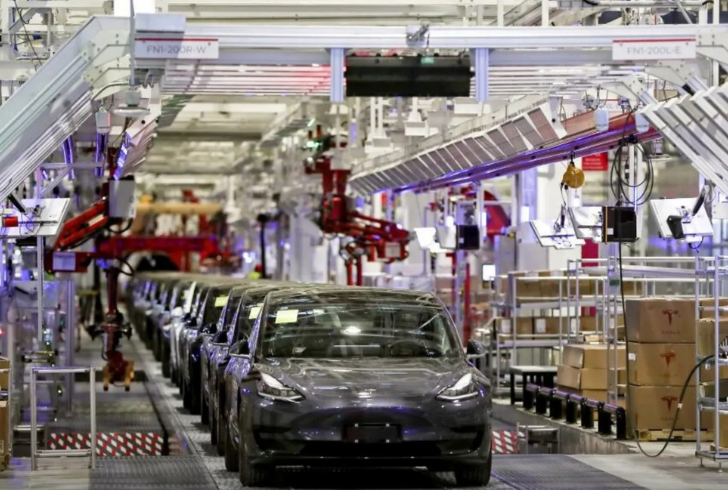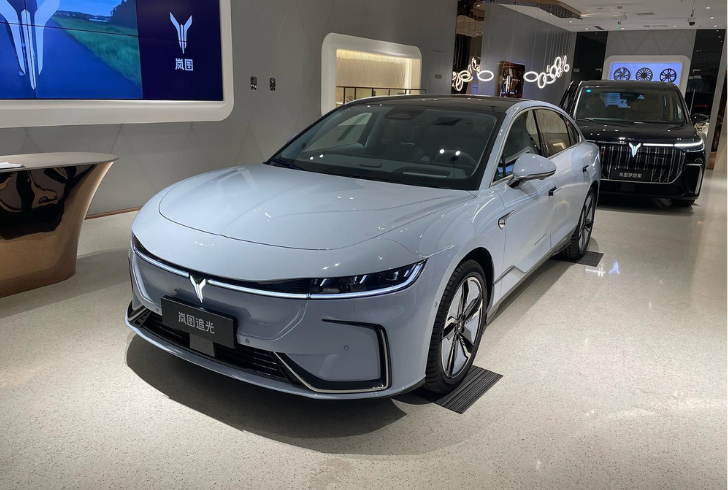A decade ago, Chinese cars were often the butt of jokes. The designs felt uninspired, the tech was clunky, and the safety standards? Practically nonexistent. Fast forward to 2025, and that story has taken a sharp turn.
Chinese-made cars—especially electric ones—are now among the highest-rated vehicles in European crash safety charts. That shift didn’t happen by accident.
It’s the result of rapid innovation, global collaboration, and a fierce commitment to becoming serious players in the automotive world.
China’s Rapid Rise in the Car Safety Game
European crash tests have long been considered the gold standard when it comes to safety. Euro NCAP, the independent testing body, has awarded 18 five-star ratings so far this year—and 13 of those went to Chinese-built cars. Out of these, 11 are electric vehicles. That’s a staggering sign of how far China’s automotive sector has evolved.
In 2025, among the highest scorers were models from names like Zeekr, Geely, Voyah, and Hongqi—brands that weren’t taken seriously just a few years back. Even MG, a brand rooted in British history but now under Chinese ownership, received top marks for its EV model.
What’s Behind the Shift?

The change didn’t come from flashy marketing—it came from engineering. Chinese automakers have poured resources into:
1. Advanced driver-assistance systems (ADAS)
2. Reinforced vehicle structures
3. Smart safety tech integrated with EV platforms
Most importantly, these cars are not just being made for China—they’re designed with global regulations and standards in mind.
Crash Test Results That Speak Volumes
Out of 28 vehicles tested by Euro NCAP in 2025:
– 18 received five-star ratings
– 13 of those were made in China
– 11 were electric vehicles
This includes familiar international names like:
– Tesla Model 3 (built in China)
– Mini Cooper E (produced in China)
– Polestar 3 and 4 (both developed in China)
China’s homegrown automakers also shined:
– Zeekr 7X
– Voyah Courage
– Geely EX5
– Omoda 9
– MG MGS5 EV
– Hongqi E-HS9
– Jaecoo 7 PHEV
Even the Audi A6 e-tron and Volkswagen Tayron, while rooted in Europe, show China’s role in their design and assembly processes.
A Look Back—and How Far They’ve Come
Older car enthusiasts might recall the “Top Gear” episode from over a decade ago where hosts visited China to review locally produced vehicles. The verdict back then was brutal—poor fit and finish, weak engines, and safety standards that felt nonexistent. One thing they did get right, though, was the prediction that Chinese vehicles would eventually flood the global market.
That moment has arrived. Today, Chinese cars are not only being exported in large volumes but are also setting new standards in design, performance, and—most notably—safety.
Why Safety Ratings Matter for Global Buyers

The five-star Euro NCAP rating is more than a badge of honor—it can influence consumer trust, dealership interest, and market success. Safety-conscious shoppers rely heavily on these scores to make informed buying decisions. In an increasingly competitive electric car market, a high safety score can be the deciding factor between two otherwise similar vehicles.
And it’s not just Euro NCAP. China’s top-performing vehicles are also scoring well in other global assessments:
1. ANCAP (Australia and New Zealand)
2. Latin NCAP (Latin America)
3. IIHS and NHTSA (United States)
This proves that these cars aren’t just optimized for one region—they’re built with a global audience in mind.
Chinese Cars Are No Longer a Joke—They’re a Force
What was once dismissed as a copycat industry is now redefining global automotive expectations. Chinese-made cars are hitting safety benchmarks once dominated by European, American, and Japanese manufacturers. The transition didn’t just happen—it was engineered.
Today’s consumers have more choice than ever, and safety is becoming a top priority in that decision-making process. Chinese cars now offer performance, technology, and safety that can compete with the best—and they’re only getting better from here.
As crash test results continue to roll in, one thing is clear: the world isn’t laughing anymore. Chinese cars are here, and they’re setting new standards on the global stage.

